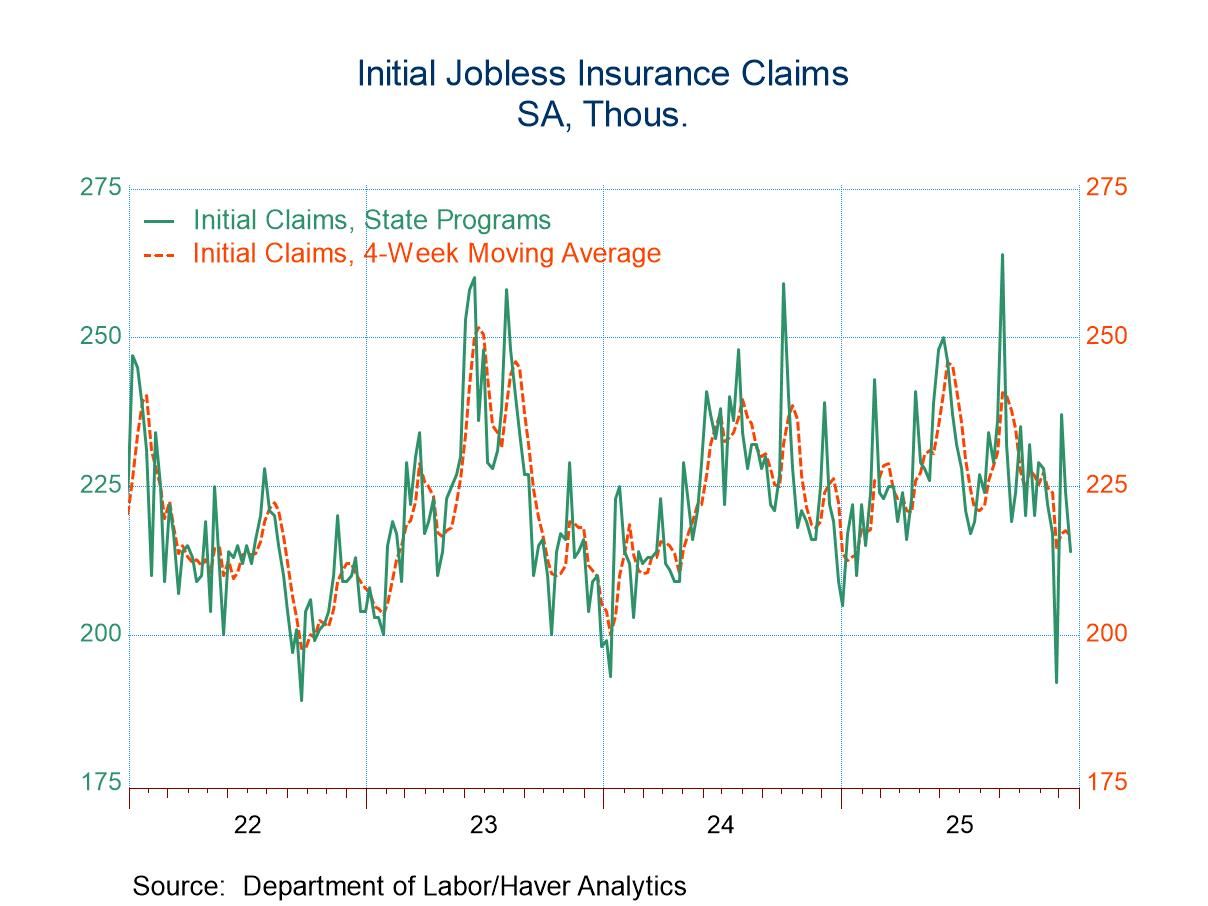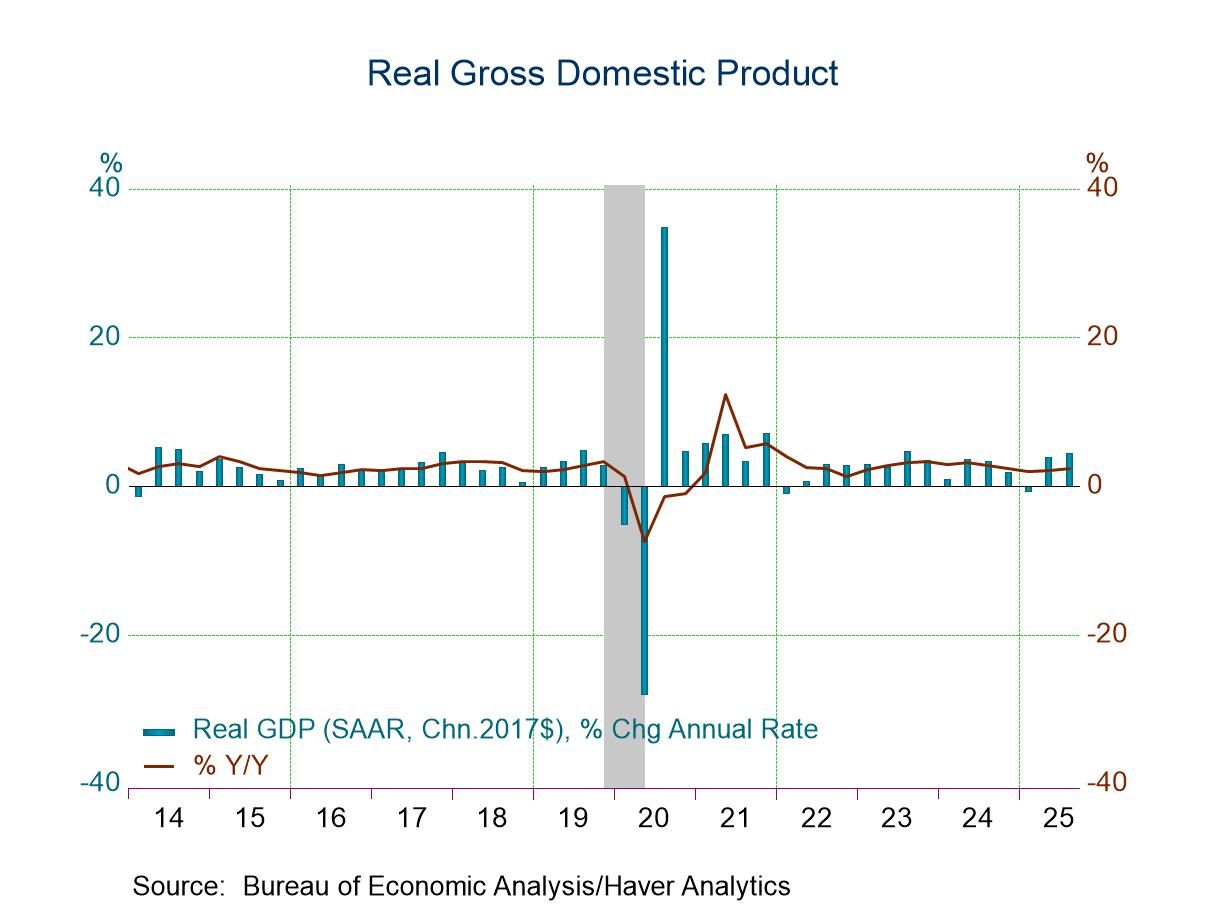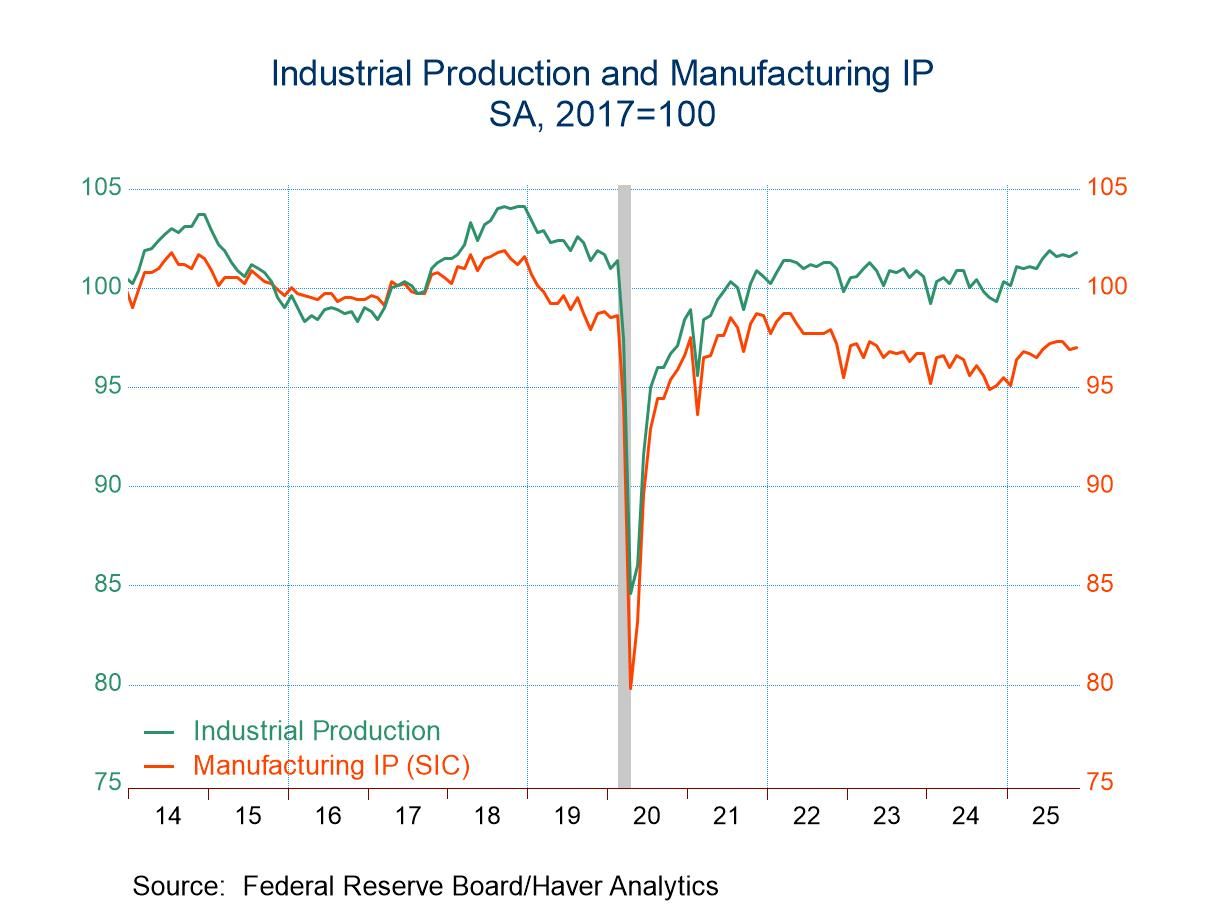 Global| Aug 24 2023
Global| Aug 24 2023Charts of the Week (Aug 24, 2023)
by:Andrew Cates
|in:Economy in Brief
Summary
We are publishing this edition of Charts of the Week and our podcast a little earlier this week owing to logistical issues caused by the August holiday season.
Although the anxiety that has lately gripped financial markets has ebbed a little in the early half of this week, investors are no longer actively embracing the soft landing consensus that had previously held sway. Growing evidence of economic instability in China have certainly magnified those concerns (chart 1). But these have been further amplified by the break higher in government bond yields - and most notably in Japan’s JGB yields - over the last few weeks (chart 2). Firmer-than-expected economic data from the US may have been a contributing factor behind those moves in yields (chart 3). But lingering inflationary pressures in other major economies, such as the UK (chart 4), coupled with reticence from policymakers to pivot toward more growth-friendly policies, have also been critical for that trend as well. And since inflation and policy tensions have been key drivers of global macroeconomic and financial market instability in recent months (see charts 5 and 6), it is perhaps unsurprising that alarm bells are now ringing more loudly about the economic outlook from here.
China’s structural restraints While China’s lacklustre recovery in recent weeks has disappointed expectations, it is arguably its more feeble structural foundations that are at the root of recent concerns. Its underlying demographics – in particular a birth rate that is now lower than its death rate– mean that China’s productivity growth needs to do a lot of the heavy-lifting to keep its economy humming. Yet a natural motor for productivity growth – namely capital investment – has either been poorly directed in recent years (e.g. toward property) or is not now as actively encouraged as it used to be. A negative natural growth rate (i.e. the birth rate less the death rate) and a weaker investment share of GDP have been implications (see chart 1). But that leaves big question marks about where fertile sources of income generation might now originate from.
Chart 1: China: natural growth (of population) and the investment share of GDP

Government bond markets Aside from China’s growth concerns, the trend toward higher government bond yields has been another source of instability in recent weeks. One of the drivers of that trend has arguably been the Bank of Japan and its recent decision to tweak its yield curve control policy. That tweak has generated a big sell-off in Japan’s JGB market in recent weeks (see chart 2). And this has probably incentivised a withdrawal from overseas government bond markets by domestic savers, driving yields higher in those markets as well.
Chart 2: 10 year government bond yields in Japan, the US and UK

Small business employment trends in the US Another factor, however, that has been driving yields higher is the resilience of the US economy. Incoming US data, for example, have continued to surprise forecasters on the upside over the past few weeks. The economy has also been exhibiting unusual levels of dynamism. Small business employment, for example, rose strongly in July according to a new index calculated by Intuit. Applications to form a new business also climbed solidly in the three months to July, according to data from the Census Bureau (chart 3).
Chart 3: US small business employment versus business applications

UK inflation Lingering inflation – and particularly core inflation – has also arguably been a driver of higher yields, not least by keeping alive the idea that a further tightening of monetary policy may be required. The UK economy – and the BoE’s policy stance – have, of course, been a key focal point of those concerns. That’s why some research this week from the UK’s Office for National Statistics (ONS) did not go unnoticed. In a piece on inflation persistence (see ONS inflation persistence) the authors noted how the UK CPI inflation rate in the restaurants and cafes component has historically been a good measure of the underlying trend in consumer price inflation in the UK economy (see chart 4). That, in turn, might be an indicator of the relative importance of labour costs in that industry. It might equally reflect the inputs to the restaurants and cafes sector which consist of a relatively high proportion of energy costs. Either way, the still-high level of inflation in that restaurants component suggests that core CPI inflation in the UK could be fairly slow to descend in the immediate months ahead.
Chart 4: UK restaurant price inflation versus core CPI inflation

Consensus growth and inflation forecasts The importance of inflation expectations for the economic outlook in recent months is evidenced in more detail in chart 5 below. This shows the change in the Blue Chip consensus for 2023 for CPI inflation (on the x-axis) plotted against the change in forecasts for GDP growth (on the y-axis) from January 2022 to August 2023 for a handful of major economies. Higher forecasts for CPI inflation (such those seen in the UK) have typically been greeted with big downward revisions to growth expectations, and vice versa.
Chart 5: Shifts in consensus CPI forecasts versus GDP forecasts for selected major economies

N.B: This cross-country scatterplot functionality is only available in the latest release of Haver’s DLXVG3 software.
Equity markets and liquidity The importance of monetary policy, in the meantime, for financial market outcomes in recent months is evidenced in chart 6 below. This shows a very crude gauge of global liquidity, and specifically the average aggregate pace of broad money growth in a handful of major economies plotted against a global equity market index. The chart suggests that loose monetary policy and a rapid pace of broad money growth have typically accompanied firming equity prices and vice versa. Until recently, moreover, it has been notable that firming equity prices had been accompanied by negatives (albeit stable) rates of broad money growth.
Chart 6: Aggregate broad money growth in selected major economies versus global equity markets

Andrew Cates
AuthorMore in Author Profile »Andy Cates joined Haver Analytics as a Senior Economist in 2020. Andy has more than 25 years of experience forecasting the global economic outlook and in assessing the implications for policy settings and financial markets. He has held various senior positions in London in a number of Investment Banks including as Head of Developed Markets Economics at Nomura and as Chief Eurozone Economist at RBS. These followed a spell of 21 years as Senior International Economist at UBS, 5 of which were spent in Singapore. Prior to his time in financial services Andy was a UK economist at HM Treasury in London holding positions in the domestic forecasting and macroeconomic modelling units. He has a BA in Economics from the University of York and an MSc in Economics and Econometrics from the University of Southampton.






